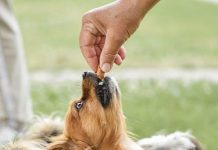Welcoming a new puppy into your home is an exciting and joyful experience, filled with playful moments and heartwarming cuddles. However, alongside the excitement comes the responsibility of teaching your furry friend the ropes of their new environment, starting with one of the most essential skills: potty training. In “,” we aim to support you through this crucial stage with warmth and understanding. Whether you’re a first-time pet parent or a seasoned dog lover, this guide is designed to provide you with practical tips, expert insights, and plenty of encouragement to ensure that potty training is a positive and successful journey for both you and your puppy. Together, let’s transform this foundational training period into an opportunity to strengthen the bond with your new companion and set the stage for a harmonious life together.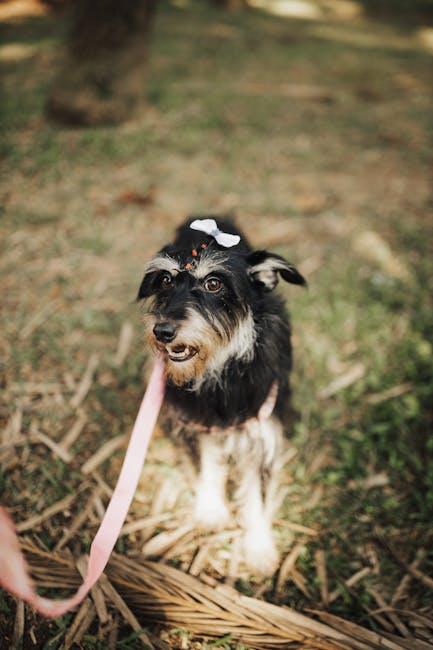
Choosing the Right Potty Training Method for Your Puppy
When it comes to teaching your puppy where to do their business, the right approach can make all the difference. Every puppy is unique, and so is their learning style. Here are some popular methods you might consider:
- Crate Training: This method leverages a puppy’s natural instinct to keep their sleeping area clean. By confining them to a crate when unsupervised, they learn to hold their bladder until they’re let outside. It’s crucial to choose an appropriately sized crate and ensure your pup gets plenty of outdoor breaks.
- Paper Training: Ideal for apartment dwellers, this method involves training your puppy to eliminate on newspapers or pee pads. Gradually move the paper closer to the door, eventually transitioning them to go outside.
- Schedule Training: Puppies thrive on routine. By feeding and taking them out at consistent times each day, they quickly learn when to expect bathroom breaks. This approach also helps you anticipate when they need to go, minimizing accidents.
Choosing the right method depends on your lifestyle, living situation, and your puppy’s personality. Consistency and patience are key, regardless of which method you choose. Tailor your approach to suit both your needs and those of your furry friend, and you’ll be on the path to success in no time.
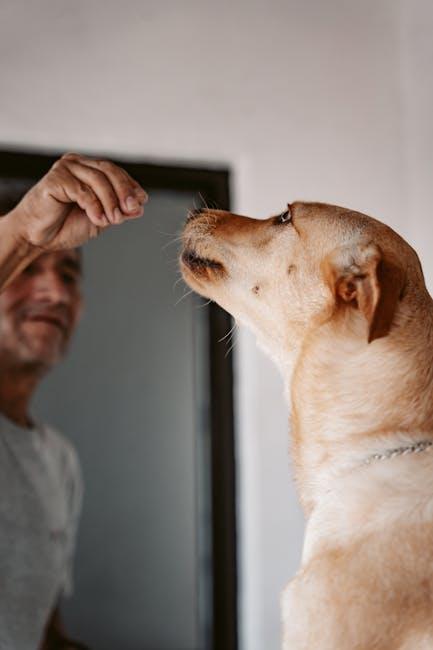
Creating a Consistent Routine and Environment
Establishing a steady routine is crucial in teaching your puppy where and when to do their business. Puppies thrive on predictability, so make sure to feed them, take them out, and engage in playtime at consistent times each day. This helps their internal clock sync with your schedule, reducing accidents and promoting positive behavior. A familiar routine not only builds confidence in your pup but also strengthens your bond with them.
- Designate a specific potty area: Choose a spot in your yard or near your home where your puppy can go every time. This consistency helps them associate the area with relieving themselves.
- Limit distractions: During potty time, keep the environment calm and focused. Avoid toys or play, ensuring your puppy understands that this time is for business.
- Use verbal cues: Incorporate a consistent command, like “go potty,” to reinforce the behavior. Over time, your puppy will learn to associate the phrase with the action.
- Reward immediately: Once your puppy has done their business, reward them promptly with praise or a treat to reinforce positive behavior.
Creating an environment that supports your puppy’s learning is just as important as maintaining a routine. Ensure their space is safe, comfortable, and free from potential distractions. By doing so, you lay the foundation for successful potty training, making the journey smoother for both you and your furry friend.
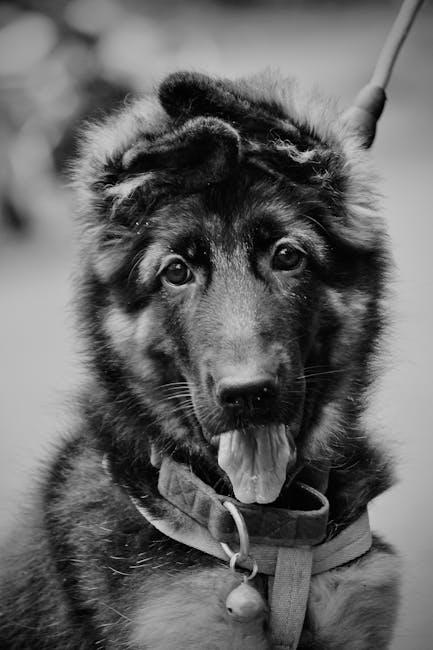
Positive Reinforcement Techniques for Successful Training
Embarking on the journey of teaching your puppy where to potty can be a rewarding experience, especially when you incorporate positive reinforcement into your training routine. This approach not only strengthens the bond between you and your furry friend but also makes the learning process enjoyable for both parties. Here are some effective techniques to get you started:
- Use Treats Wisely: Every successful potty outside should be celebrated with a small, tasty treat. This reinforces the behavior and makes your puppy more eager to repeat it.
- Verbal Praise: Words of encouragement can go a long way. A cheerful “Good job!” or “Well done!” delivered in a warm tone can make your puppy feel proud and motivated.
- Consistent Routine: Establish a regular schedule for potty breaks. Consistency helps your puppy understand when it’s time to go, and they’ll soon associate this routine with positive outcomes.
- Playtime as a Reward: After a successful potty break, reward your pup with a few minutes of playtime. This not only serves as a fun incentive but also helps expend any extra energy.
By integrating these methods into your training, you’re setting the stage for a happy and well-adjusted puppy who knows exactly where to do their business. Remember, patience and consistency are key, and with time, your pup will be potty-trained to perfection.
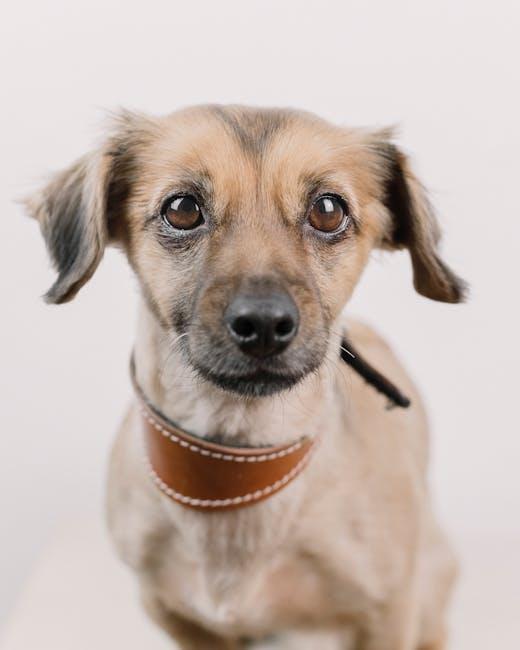
Troubleshooting Common Potty Training Challenges
Embarking on the journey of potty training your puppy can sometimes feel like a rollercoaster ride, filled with ups and downs. Here are some common challenges you might face and how to tackle them with patience and understanding:
- Accidents in the House: If your puppy has frequent accidents indoors, consider increasing the frequency of potty breaks. Puppies have small bladders and may need to go outside more often than you think. Keep a consistent schedule and reinforce successful trips outside with lots of praise and treats.
- Fear of the Outdoors: Some puppies may be apprehensive about going outside. Introduce them to the yard gradually, using toys and treats to create a positive association. Ensure the environment is safe and calm, free from loud noises or intimidating elements.
- Reluctance to Go in Certain Weather: Puppies may be hesitant to go outside in rain or snow. To encourage them, use a covered area for potty breaks or invest in a puppy raincoat. Keep outings short and rewarding, ensuring they associate the experience with something positive.
Remember, every puppy is unique, and what works for one may not work for another. Stay patient and keep experimenting with different strategies to find what best suits your furry friend.












